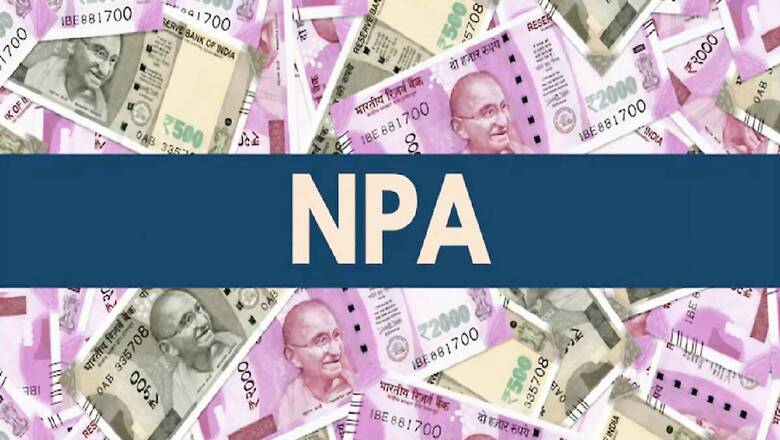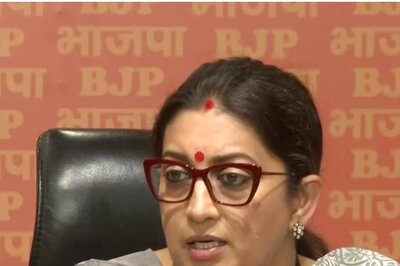
views
Banks' gross non-performing assets (NPAs) and net NPAs are expected to rise to 10.1-10.6 per cent and 3.1-3.2 per cent, respectively by March 2021, Icra said Monday. The agency also expects net NPA to decline to 2.4-2.6 per cent by March 2022.
As moratorium on loan repayments is over and though we await the Honourable Supreme Court directive on asset classification, the GNPAs and NNPAs for banks are likely to rise in near term to 10.1-10.6 per cent and 3.1-3.2 per cent, respectively by March 2021 from 7.9 per cent and 2.2 per cent, respectively as of September 2020, the rating agency said in a report. It, however, said net NPAs and credit provisions will subsequently trend lower in 2021-22 as banks have reported strong collections on their loan portfolio with most of them reporting collections of over 90 per cent. The report further said the loan restructuring requests are much lower than previously estimated, supported by sharper than expected improvement in economic activities as well liquidity support through the government's emergency credit line guarantee scheme.
The agency has revised its loan restructuring estimate downwards to 2.5-4.5 per cent of advances as against 5-8 per cent estimated earlier. "With expectations of sustained collections and lower restructuring, the asset quality is expected to improve further with net NPA declining to 2.4-2.6 per cent by March 2022. This will lead to lower credit provisions and better profitability in FY2022, Icra's sector head (financial sector ratings) Anil Gupta said.
The agency said the credit provisions are estimated to decline to 1.8-2.4 per cent of advances during 2021-22 from an estimate of 2.2-3.1 per cent in the ongoing fiscal and 3.1 per cent in 2019-20 , which will lead to improvement in return on equity (RoE) for banks. It expects public sector banks to break-even after six consecutive years (FY 2016- FY 2021) of losses and generate RoE of 0.0-5.4 per cent for FY2022 ( -2.3 per cent/ 3.7 per cent for FY2021 and -6.5 per cent for FY2020). The RoE for private banks is also estimated to improve to 9.5-10.5 per cent in FY2022 (2-7.5 per cent in FY2021 and 6.5 per cent for FY2020), the report said. The capital position for large private banks is strong and can withstand the stress case scenario for asset quality after these banks raised Rs 54,400 crore of capital during the nine month of FY2021, Gupta said.
With large capital raise and expectations of improved profitability, banks are also well placed to exercise call options on their Rs 26,000 crore of AT-I bonds falling due in next fiscal and FY2023 without a significant impact on their capital, the report said. Gupta said public sector banks will need to raise additional capital of up to Rs 43,000 crore next year as they have call options falling due on the AT-I bonds totalling Rs 23,300 crore during 2021-22. The agency further said low interest rates, improved business volumes, better job prospects and income levels could also stimulate credit demand next year. This coupled with better competitive positioning of banks vis-a -vis other lenders driven by steep decline in cost of deposits could improve bank credit growth to 6-7 per cent in next fiscal from an estimated 3.9-5.2 per cent in 2020-21 and 6.1 per cent in 2019-20, it added.
Read all the Latest News, Breaking News and Coronavirus News here




















Comments
0 comment